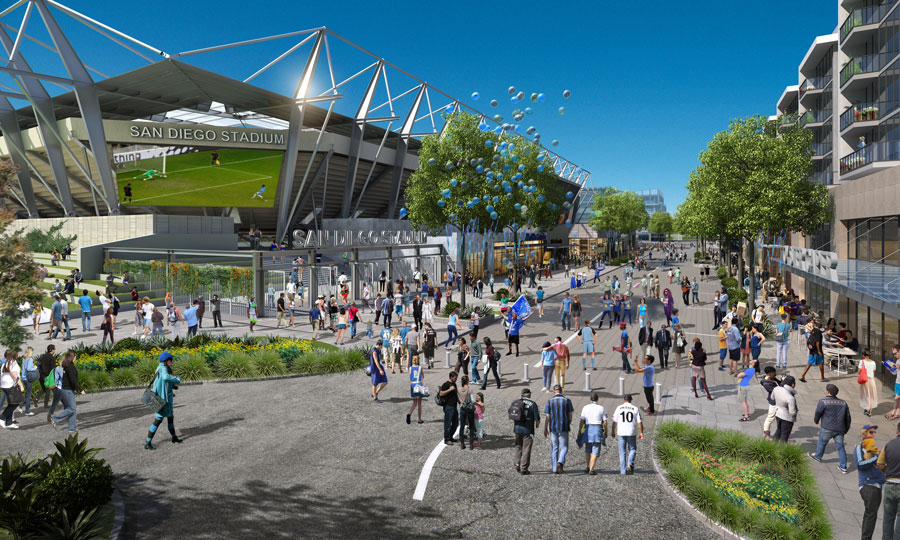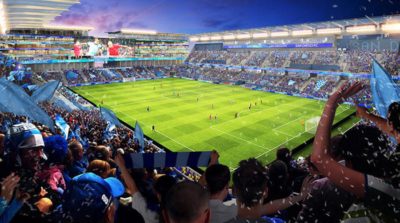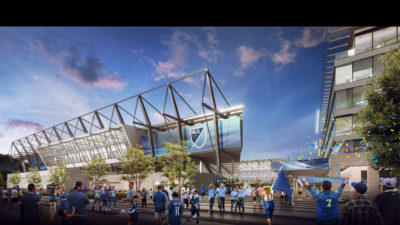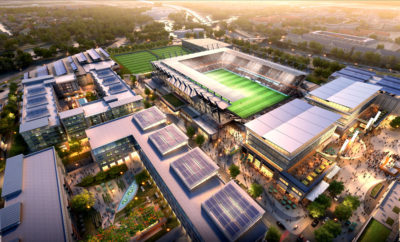In December 2016, Major League Soccer (MLS) announced the timelines for the expansion window for the 25th, 26th, 27th and 28th teams to join the leagu
In December 2016, Major League Soccer (MLS) announced the timelines for the expansion window for the 25th, 26th, 27th and 28th teams to join the league that was first founded in 1996. The first 10 years of MLS’ existence were subject various bull and bear surges that saw teams open up in new markets, only to fold or be relocated to pastures greener. David Beckham’s arrival at the LA Galaxy in 2007 sparked a real turning point in league stability, and in the years since, MLS has gone from strength to strength as the league established itself amongst lovers of the beautiful game.
According to MLS, qualified applicants will submit documentation that focuses on the following three areas:
- Ownership – Structure and financial information;
- Stadium – details on proposed site, financing, approvals and support;
- Financial Projections, Corporate Support and Soccer Support – a business plan, projections and commitment letters for naming rights and a jersey-front sponsor, along with an overview of support from the soccer community.
Shortly after the expansion timelines and processes were announced, San Diego emerged as a front-runner for one of the four available slots, largely due to the regions excellent weather, ethnic diversity, the gaping void in the sporting community left by the departure of the San Diego Chargers to Los Angeles and the ownership group that came together to construct the SoccerCity San Diego plan that will go before voters in November as Measure E.
In the nearly two years since the MLS expansion process began, a lot has been made of the SoccerCity plan itself that capitalizes on the vacancy at the former home of the Chargers and is designed to maximize the efficiency of the available land on site.
SoccerCity is a multi-use development that includes a 55 acre park adjacent to the San Diego River that flow east-west down the south end of the property, 4,800 units of housing including market rate, affordable and student and faculty housing for San Diego State University, retail, restaurants, bars and a concert venue, all anchored by a brand new stadium for the new MLS team that could also be used for other events like SDSU Football.
The plan was first unveiled in late January of 2017, and the ownership group that is privately financing the entire project opted to use the Citizens’ Initiative process to facilitate the transfer of the property from the City of San Diego to themselves in order to begin construction.
The investors gathered the requisite number of signatures in record time. Over 112,000 in just 12 days, and have qualified for a vote of the people on the 2018 November election. SoccerCity will be listed as Measure E on the ballot, and a YES vote by a majority of registered voters in the city of San Diego will see the project come to life, Major League Soccer come to San Diego and an end to the largest parking lot west of the Mississippi River.
As with most things in life, nothing is simple. the process of getting to the November 2018 election has been fraught with controversy, as various voices from around the wider San Diego region have weighed in with support or criticism. The Mission Valley site that SoccerCity is designed for is highly sought after by developers from all around town, and the San Diego State University machine has revved up in an attempt to seize that same parcel for what members of the group known as the Friends of SDSU are calling a vital campus expansion. Additionally, there is a balance of power in the valley that SoccerCity would upset, where it to be built.
In the years before MLS announced the expansion process to the public, the league spent some time identifying and vetting potential ownership groups all around the country. FS Investors, the San Diego-based group that is funding the entirety of the SoccerCity plan, had multiple meetings with both MLS and San Diego State, dating back as early as 2015. There is an excellent chronicle of what happened in those meetings written by local journalist Scott Lewis, that summarizes the state of events today.
Essentially, FS Investors met with SDSU, a major force in both political and social arenas in town, in order to devise a plan for the site in which all parties could benefit from the then-imminent departure of the Chargers.
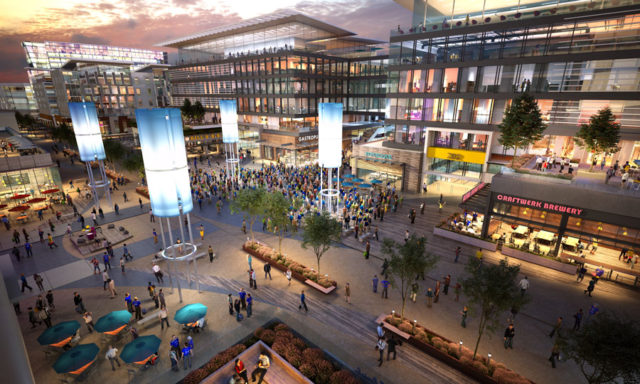
Retail and Restaurants
The university’s President Elliot Hirschman met with FS Investors, the Mayor’s office and MLS officials when they toured the stadium site and constructed a deal that would enable the university to play its football games in the SoccerCity stadium, house faculty and students on site with quick and efficient transportation available to the main SDSU campus via the existing trolley line and offer integrated research opportunities for students and faculty alike.
When Hirschman showed the deal to members from the school of real estate, the response he received was that the university could “do better” if it instead built an incredibly similar deal with a different group of developers. Developers who have longstanding ties to SDSU and San Diego.
Simultaneously, two prominent developers with commercial and residential interests in the Mission Valley area banded together to oppose SoccerCity, citing an unbearable increase in traffic in the area that would have a negative impact on their own properties.
The FS Investors team found themselves in a political dogfight that has seen old enemies band together to oppose them and rival developers essentially abduct their plan and repackage it under the guise of a vital expansion for the noble pursuit of higher education.
Nonetheless, grassroots and community support for SoccerCity is strong. A campaign office was opened and every day volunteers who believe in the SoccerCity plan donate their time to help educate the voting public of the virtues of the project that will bring a MLS expansion team to San Diego, construct a public park along a revitalized river and generate hundreds of millions of dollars for the city of San Diego to use for the civic issues that are most pressing in today’s economy.
On November 6th, voters will decide the future of Mission Valley at the ballot boxes. SoccerCity is slated to appear as Measure E and a YES on E vote from the majority of voters will see the SoccerCity plan come to fruition.
